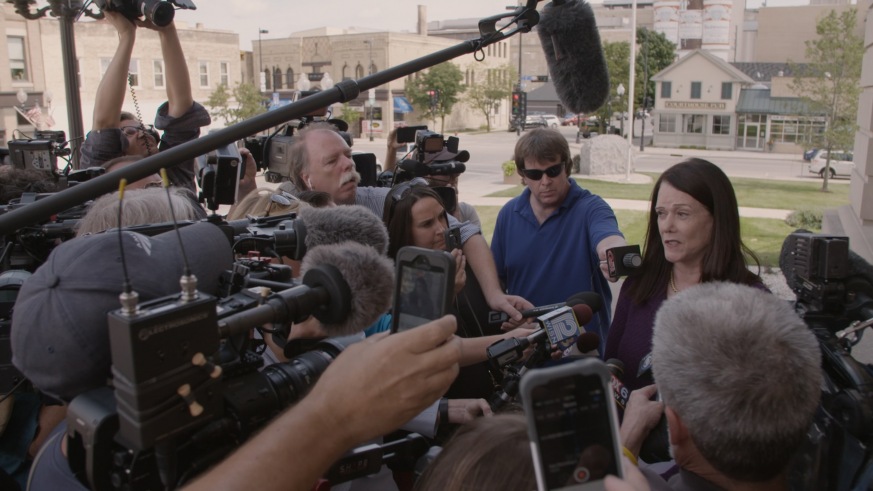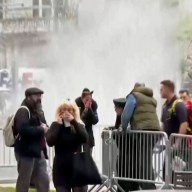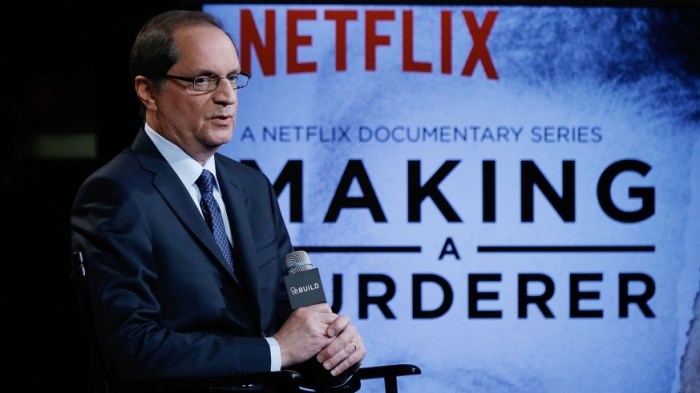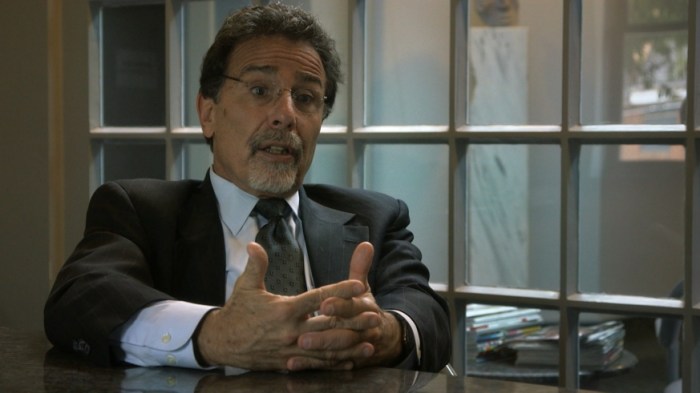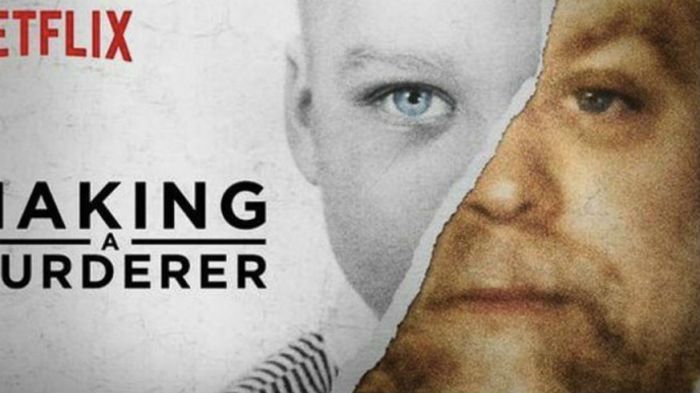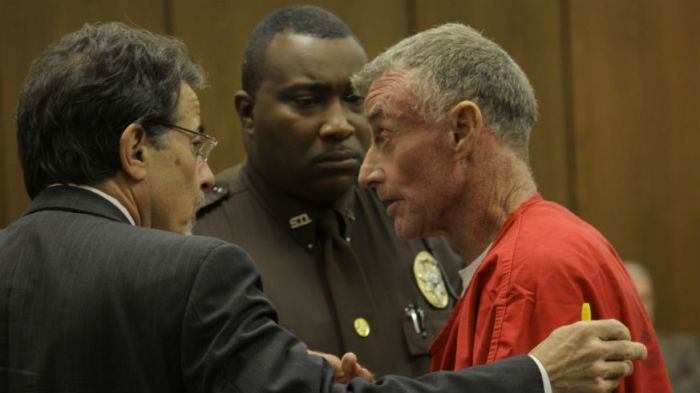During a uniquely long cold open, the first episode of Making a Murderer Part 2 begins not with a title card, but with a series of scenes and cuts about the documentary itself. Yes, the second installment of the popular series still focuses on convicted murderers Steven Avery and Brendan Dassey, and the efforts of various people to clear their names or ensure they remain behind bars, but this? This seems odd.
But it’s actually not, and according to filmmakers Laura Ricciardi and Moira Demos, their decision to turn the cameras inward actually reflects many of the project’s most important themes.
Laura Ricciardi and Moira Demos talk Making a Murderer Part 2

“One of the themes of part one was the difference, or the rub, between public and private. What goes on in the news conference business? What happens in the interrogation room? What goes on in court? We wanted to show what happened behind the scenes in court, or what happened as everyone was preparing for that,” Demos explains.
“So once we decided that we were going to continue to document this story and embark on part two,” she continues, “the moment you arrive back in that world, go back to Manitowoc and go back to the Averys, it’s undeniable that the world has changed in significant ways.”
Demos isn’t wrong, for despite the reach of the original 2005 New York Times article that first drew her and Ricciardi to Avery and Dassey’s case, it pales in comparison to what Making a Murderer has done for them. Millions of Netflix subscribers across the United States, if not the globe, now know just about everything this is to know about Steven and Brendan.
“I think it was a fairly straightforward decision to include the launch of the series and the response to it, because we’re all about context,” says Demos. “It’s why we do long-form storytelling. It informs our present. The context of events helps you understand them, and it was definitely about setting up the context, or the world, in which part two was going to be taking place.”

As much credence as the documentarians’ efforts to document themselves may lend to their attempts at objectivity, however, the next 10 episodes of Making a Murderer Part 2 will surely have as many detractors as the first 10 did. So Ricciardi and Demos took extra steps to ensure transparency whenever possible. Even, it turns out, in the closing credits, which list the names of groups and individuals they reached out to, but either refused to cooperate or refrained from responding at all.
“We just wanted to make explicit that part about the process,” says Ricciardi. “With part one, I was a first-time filmmaker and certainly a first-time documentarian. I think I took for granted that people would understand our process, and understand that we did our due diligence in terms of reaching out to people on all sides of this.”
“Through various interviews,” she adds, “I realized that that wasn’t the case, so we thought we’d just deal with this head-on. It’s a way to explicitly state that we were seeking to include a range of voices, as long as they met the criteria for what should be part of the story. Basically, they had to speak from their first-hand experience, have direct knowledge of, or be directly impacted by what happened.”
Whether or not critics and general audiences will agree with Demos and Ricciardi’s efforts to render their filmmaking practices that much clearer remains to be seen. Though considering the massive response to the first part in 2015, chances are good that the coming release for Making a Murderer Part 2 will engender just as many reactions once viewers have had time to watch it all.
Making a Murderer Part 2 streams this Friday, Oct. 19, on Netflix.

